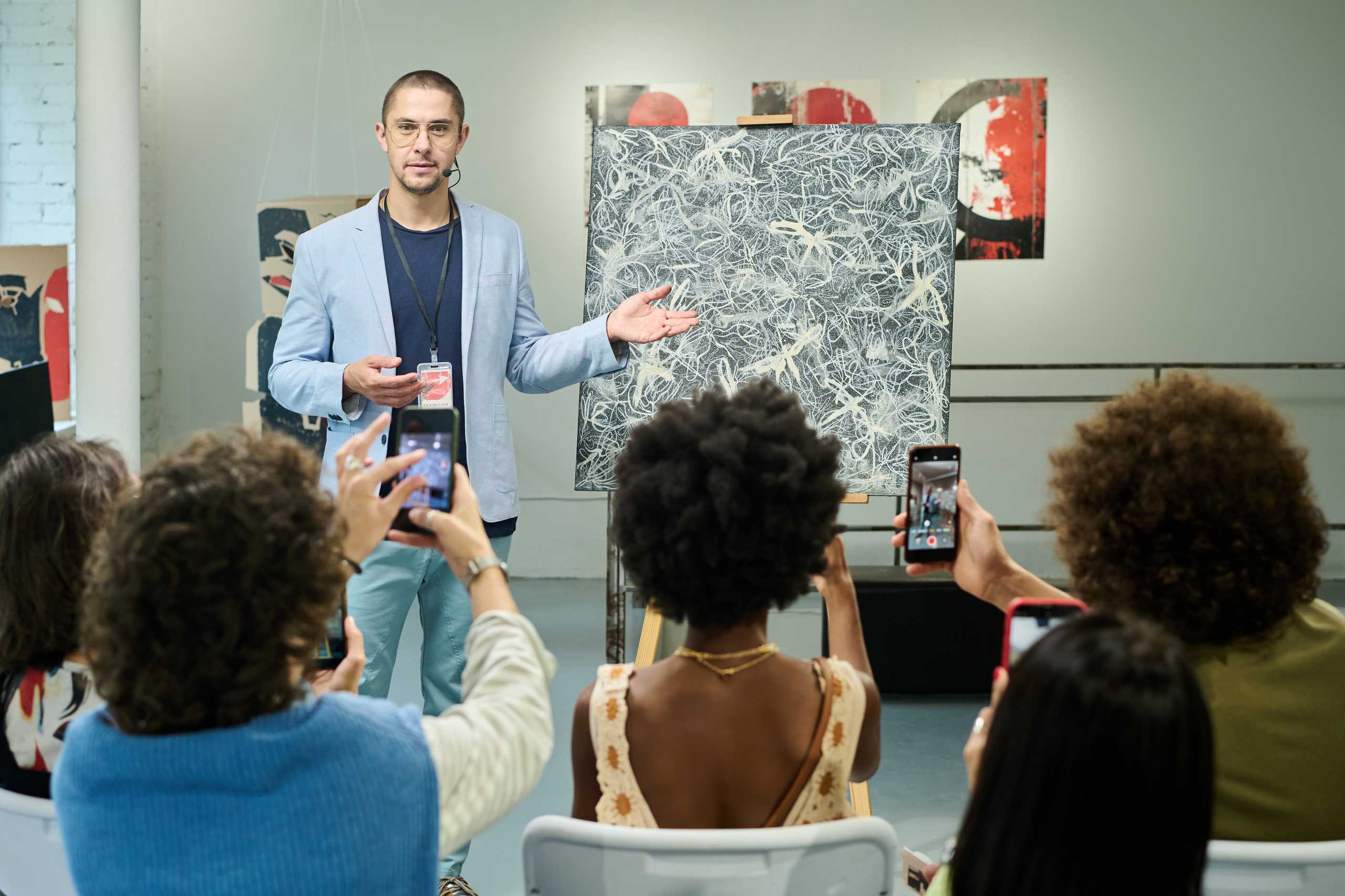Her Brush, Her Voice: The Women Who Rewrote Art History
For centuries, the story of art has been told in the voices of men.
Michelangelo, Van Gogh, Picasso — their names echo loudly in museums, books, and classrooms.
But what about the women who painted, sculpted, photographed, and broke every rule along the way?
They were there.
They were bold.
And they were brilliant.
Let’s take a closer look at the artists who refused to be background figures in their own century — and why it’s time we stop treating them as footnotes.
1. Artemisia Gentileschi: Baroque and Brave
In an era when women were barely allowed to paint — let alone lead — Artemisia stood out.
Her works were fierce, dramatic, and full of righteous fire.
Her Judith Slaying Holofernes is not a quiet biblical scene — it’s a blood-soaked act of justice, painted by a woman who knew violence firsthand and turned her trauma into truth on canvas.
She didn’t imitate Caravaggio — she challenged him.
And in many ways, she surpassed him.
2. Mary Cassatt: Tenderness with Power
A rare female figure in the Impressionist circle, Mary Cassatt focused on what others ignored: the world of women, of mothers, of quiet domestic strength.
But don’t mistake softness for weakness.
Her lines are sharp, her compositions radical in their intimacy.
She painted not passive beauty — but active presence.
Her brush gave voice to the private worlds that history usually kept silent.
3. Hilma af Klint: Abstract Before It Was Cool
Long before Kandinsky made his first abstract swirl, Hilma af Klint was already painting spiritual geometries, cosmic spirals, and strange diagrams of the invisible.
She believed her art came through her — not from her — and hid much of it until after her death.
Only recently has the world begun to recognize her as a true pioneer of abstraction.
Her work? Mysterious.
Her legacy? Finally shining.
4. Contemporary Voices: Loud, Raw, Unapologetic
Today, artists like Kara Walker, Tracey Emin, Zanele Muholi, and Shirin Neshat continue the battle not just for visibility, but for ownership of the narrative.
They confront race, gender, trauma, intimacy, sexuality — on their own terms, in their own language.
They don’t ask permission.
They make space.
And they remind us that “art history” isn’t fixed — it’s still being written.
Final Thought
The history of art isn’t just about who painted what.
It’s about who was allowed to speak — and who was silenced.
But the silence is breaking.
These women didn’t just pick up a brush.
They picked up power — and left marks no one can ignore.
It’s time we place them at the center of the canvas where they always belonged.

